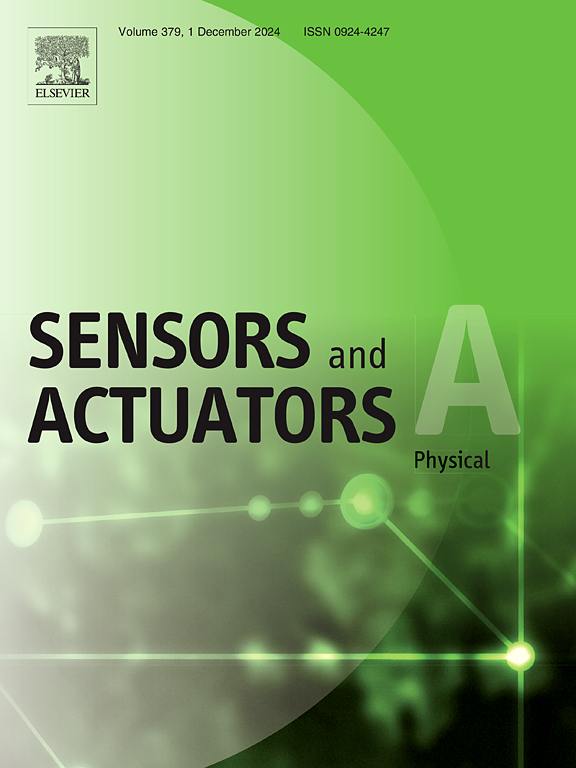Thermistor and capacitor parameter analysis through electrical and dielectric investigations of manganite systems for technological applications
IF 4.1
3区 工程技术
Q2 ENGINEERING, ELECTRICAL & ELECTRONIC
引用次数: 0
Abstract
The present investigation highlights the impact of introducing few potassium contents on the electrical and dielectric properties of Pr0.8Na0.2MnO3 mixed valence system. Resistivity curves of Pr0.8Na0.2-xKxMnO3 (x = 0.0 and x = 0.05) manganites have been investigated over a large temperature range between 80 K and 500 K. The studied compounds exhibit a semiconductor behavior. Between 180 K and 400 K, the activation energy values Ea, the thermistor constant β, the sensitivity factor α, and the stability factor SF parameters are calculated to confirm that Pr0.8Na0.2-xKxMnO3 (x = 0.0 and x = 0.05) compounds are suitable candidates for sensor applications. Capacitance measurements as a function of frequency, at various temperatures, are reported for both samples to confirm the strong importance of the microstructure (bulk and grain boundary regions) on the dielectric properties and the capacitive behavior of the manganites. From the capacitance investigation, we found that both prepared ceramics are charactered by motivating and stable capacitance values making those compounds promote applicant in the sector of the ceramic capacitors with Y5R, Y6R, Y7R, and X7P codes.
求助全文
约1分钟内获得全文
求助全文
来源期刊

Sensors and Actuators A-physical
工程技术-工程:电子与电气
CiteScore
8.10
自引率
6.50%
发文量
630
审稿时长
49 days
期刊介绍:
Sensors and Actuators A: Physical brings together multidisciplinary interests in one journal entirely devoted to disseminating information on all aspects of research and development of solid-state devices for transducing physical signals. Sensors and Actuators A: Physical regularly publishes original papers, letters to the Editors and from time to time invited review articles within the following device areas:
• Fundamentals and Physics, such as: classification of effects, physical effects, measurement theory, modelling of sensors, measurement standards, measurement errors, units and constants, time and frequency measurement. Modeling papers should bring new modeling techniques to the field and be supported by experimental results.
• Materials and their Processing, such as: piezoelectric materials, polymers, metal oxides, III-V and II-VI semiconductors, thick and thin films, optical glass fibres, amorphous, polycrystalline and monocrystalline silicon.
• Optoelectronic sensors, such as: photovoltaic diodes, photoconductors, photodiodes, phototransistors, positron-sensitive photodetectors, optoisolators, photodiode arrays, charge-coupled devices, light-emitting diodes, injection lasers and liquid-crystal displays.
• Mechanical sensors, such as: metallic, thin-film and semiconductor strain gauges, diffused silicon pressure sensors, silicon accelerometers, solid-state displacement transducers, piezo junction devices, piezoelectric field-effect transducers (PiFETs), tunnel-diode strain sensors, surface acoustic wave devices, silicon micromechanical switches, solid-state flow meters and electronic flow controllers.
Etc...
 求助内容:
求助内容: 应助结果提醒方式:
应助结果提醒方式:


